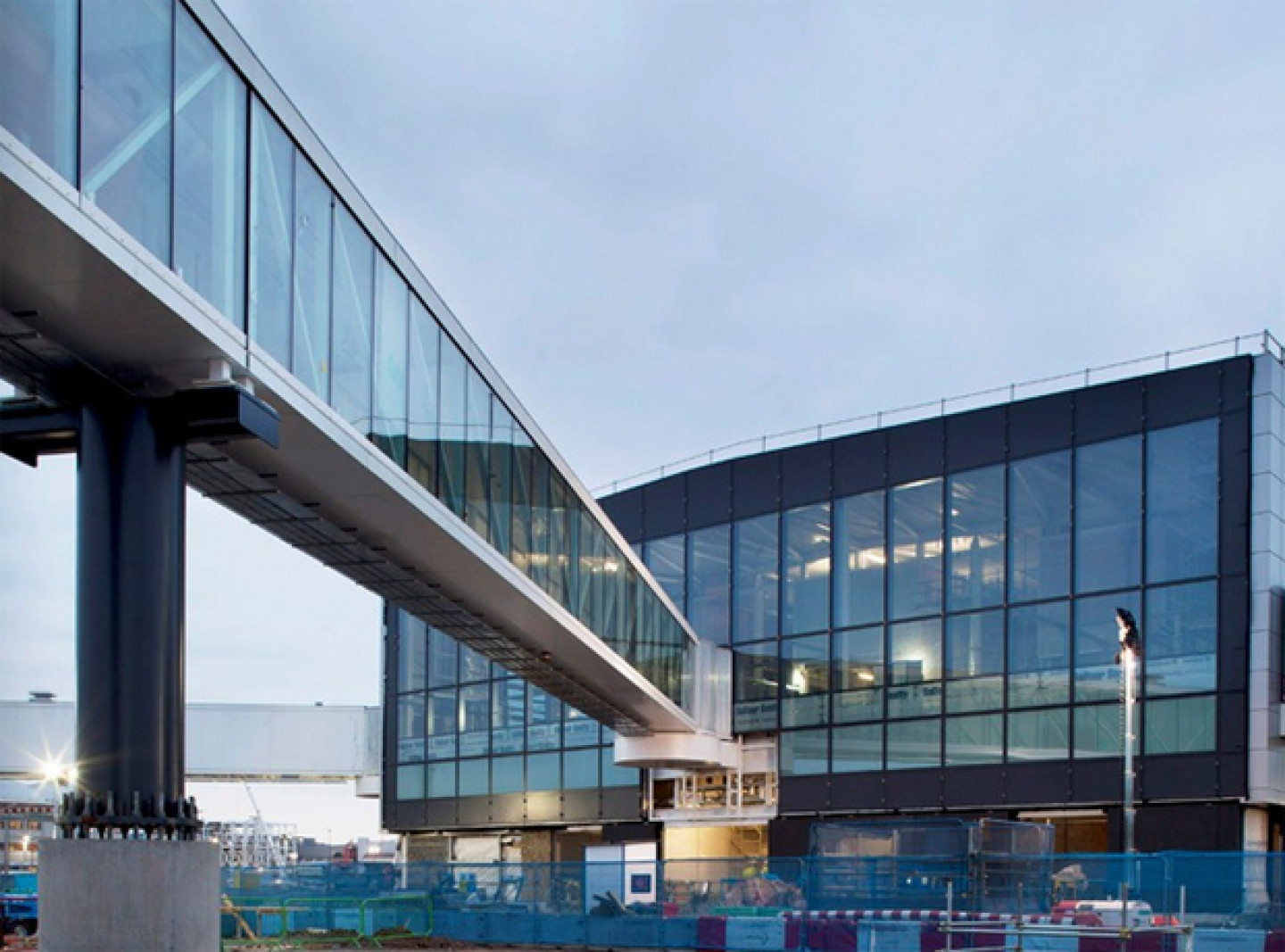Once completed, T2B will deliver 16 new aircraft stands, 9 of which are capable of accommodating Airbus A380's. The building includes a massive underground basement which will allow Heathrow to develop an automated baggage handling system, and an underground light rail transit link in the future. A 300m long tunnel will also carry passengers from the new main Terminal 2 building.
The Balfour Beatty team have been involved from the start, providing pre-construction advice at an early stage and then combining our design, construction, specialist ground engineering, mechanical & electrical, and Parsons Brinckerhoff's professional services expertise to deliver this complex project.
T2B's space will help the new terminal comfortably handle large numbers of passengers. Built to the latest environmental standards using innovative construction techniques, 4D modelling and modular installation, it will be the first UK airport structure to be recognised by the Building Research Establishment Environmental Assessment Method.
